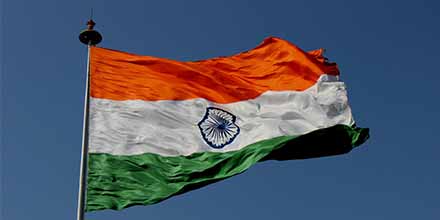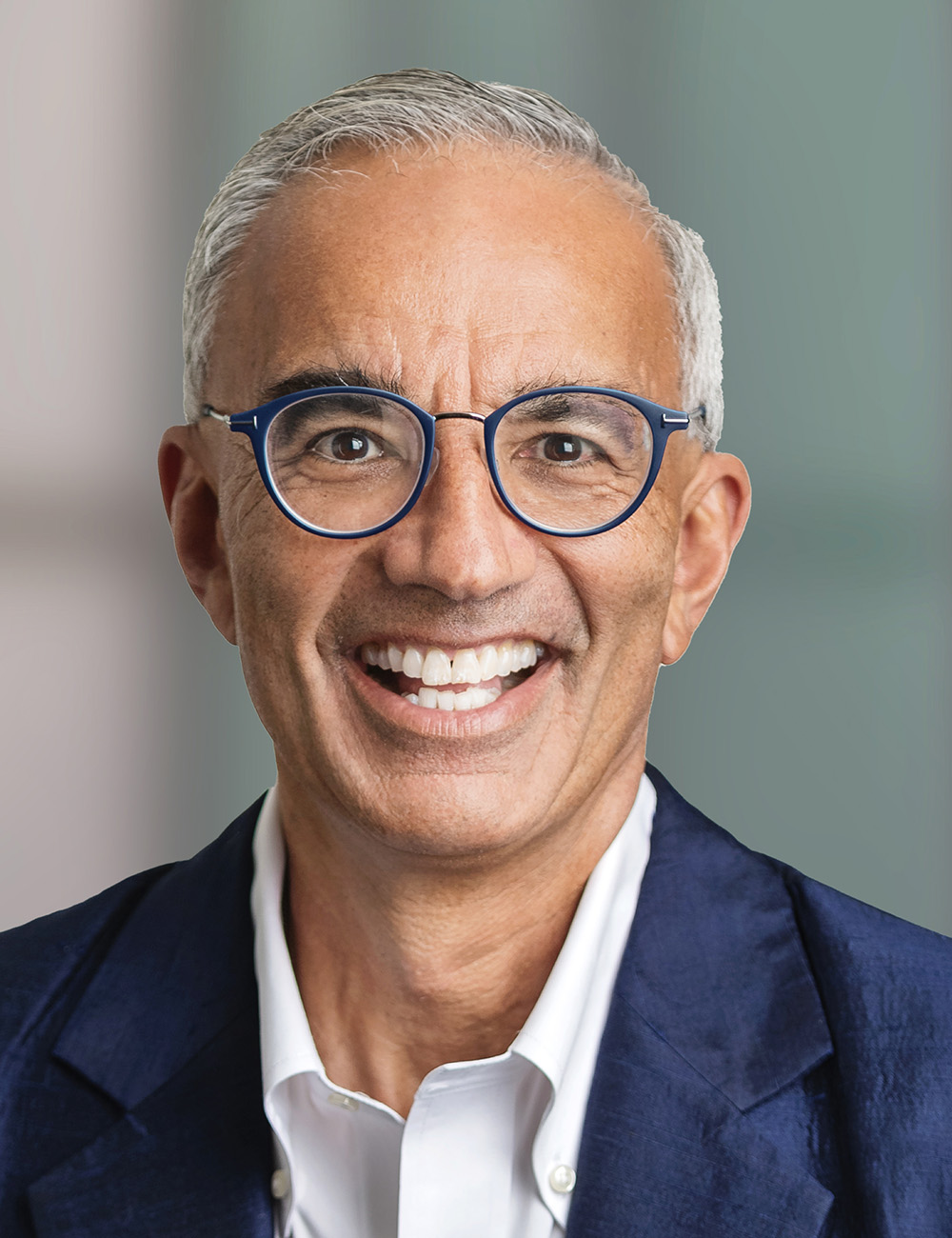Scholar argues India has had inconsistent trade policy, economic ties with world since 1947 partition
LAWRENCE — Although India is the world’s largest democracy, it has been greatly understudied, especially its approach to trade. A University of Kansas legal expert argues in a new analysis of Indian trade law and policy that its defining characteristic has been inconsistency.

Since the British Partition of India in 1947, the nation has not had a central tenet for its trade policy, according to Raj Bhala, Brenneisen Distinguished Professor at KU Law. Where major trade players like the United States and China have made free market principles and the Communist Party control the central pillars of their respective approaches, India has vacillated between socialist-style import substitution and protectionism, industrial policy and free market liberalization.
In his trilogy, published in the Manchester Journal of International Economic Law, Bhala presents a historical evaluation of India’s post-partition trade approach and forecasts what might and should come next.
A prominent American international trade law scholar once told Bhala that India and its approach to world trade simply “didn’t matter.”

“A billion people always matter,” Bhala said. “The U.S. legal academy has paid scant attention to India and even less to its legal and economic issues – including its preeminent pressing challenge, poverty alleviation. Yet, America has been courting India as a trade partner, especially as a counter to China, Russia and Iran. So, the goal of the trilogy is to understand, evaluate and analyze India’s trade policy since the 1947 British Partition.”
These post-Partition decades were seminal for international trade.
First, the U.S. emerged from World War II as the global economic and power, Bhala wrote. Second, two months after Partition, in October 1947, India became an original contracting party to the General Agreement on Tariffs and Trade (GATT) – the treaty that served as the “constitution” of world trade until the World Trade Organization (WTO) was born in January 1995. Third, China became a communist nation in October 1949.
Thus, part one of the trilogy examines India’s approach from 1947 until the election of Narendra Modi as prime minister in 2014. During this period, India did not focus on robust international trade. Instead, under its founding prime minister, Jawaharlal Nehru, India allowed major families – especially ones who had bankrolled the “Quit India” independence movement – to dominate the “commanding heights” of the economy, including textiles, steel and electronics, Bhala wrote.
India did not embrace free trade as the “East Asian Tiger” nations did, and its economy grew more slowly. For more than 40 years, high tariffs and the “License Raj” system guided policy. But in 1991, dramatic trade reforms occurred, and India committed to free market principles, Bhala wrote. Western nations and Indian citizens abroad embraced what seemed like limitless opportunity.
“Now the potential is unleashed,” Bhala said of the “first generation” reform era. “As the 1990s progress, Indians who came to the United States for education started to return, saying ‘there are better opportunities there.’ The lodestar ostensibly was going to be free market principles.”
However, by the early 2000s, the reforms sputtered. India returned to restrictive policies, including high barriers for certain imports and limits on services trade and foreign direct and portfolio investment. In parts two and three of the trilogy, Bhala explores how India flirted with joining free trade agreements but ultimately did not, opting to stay out of blockbuster FTAs such as the Regional Comprehensive Economic Partnership and Trans-Pacific Partnership.
“India was not seeing free trade agreements as countries like the U.S. did, as not only trade agreements, but also as national security instruments. The question the U.S. pressed on India was whether India was an ally of the west or a friend of Russia.”
Modi originally stated India would be open to returning to trade reforms and opening India to the world for trade and foreign investment, especially to help lift millions of Indians out of poverty, Bhala wrote. Eventually those efforts slowed, as India turned to “Make in India” industrial policy and promoted self-reliance.
“The commitment to free trade and markets falls victim to protectionist resentments. Modi also developed an industrial policy called ‘Make in India,’” Bhala said. “As we get into the late 20-teens and present day, the policy lodestar has changed again.”
Following meticulous documentation and analysis of the trade policy shifts, Bhala considers why it is important to examine the question of “what comes next?”
Understanding India’s approach to trade is vital for numerous reasons, including the opportunities and failures to use trade for economic and geopolitical purposes, he said. Additionally, 2024 is an election year in both the United States and India, and the trade relationship between the two major nations will certainly be influenced by voters’ decisions in both countries.
“India is and has been holding itself back as a major international voice in world trade,” Bhala said. “That is the biggest challenge that the trilogy highlights, that the world needs India’s leadership, but that India seems – once again – to be succumbing to local political election concerns that undermine a stable course of economic liberalization. That is a challenge about India’s identity and place in the world, which ultimately only India can address.”
Bhala said he hoped the trilogy would be read by those preparing the next generation of trade lawyers and policymakers, including his KU Law students. Moreover, an enhanced understanding of India’s views on trade could improve relations around the world, especially at a time when the U.S. would do well to avoid strained relationships with India amidst its struggles with China, Russia and Iran, he said.
Finally, Bhala said he sought to inspire the U.S. legal academy to more thoroughly examine Indian trade law policy, as well as other dimensions of India’s legal system.
"India matters," he said.